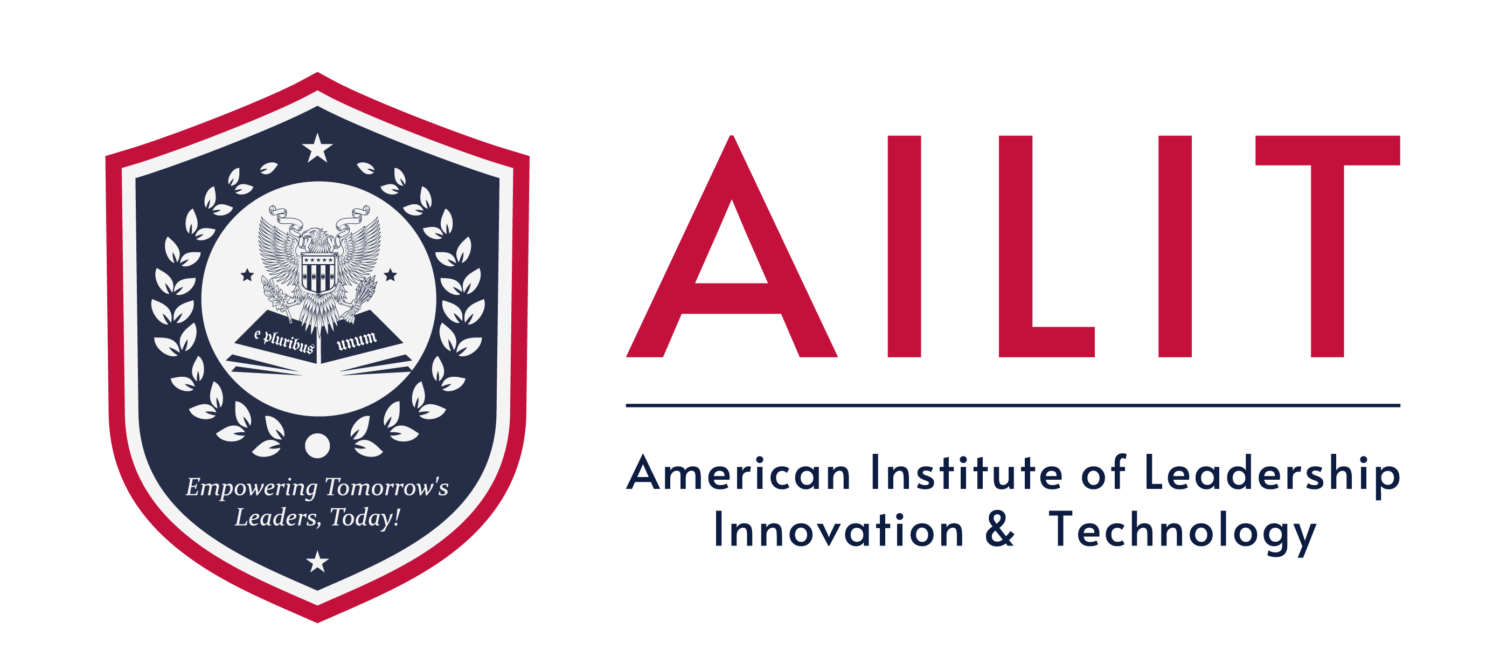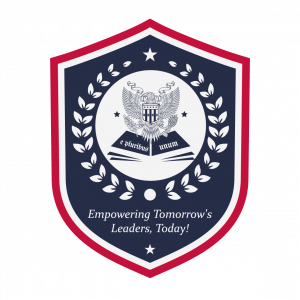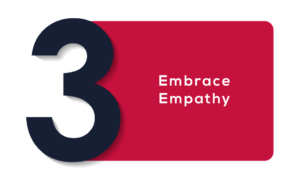Being in the midst of a conflict, dispute, or even an argument can be a swirling experience with no resolution at sight. And although there are no magical solutions, implementing these fundamental components of conflict resolution can do wonders.
But, before we take a deep dive into tools and techniques, we need to understand what conflict resolution is.
For starters, stereotype-informed wisdom that perceives conflicts as two parties disagreeing is often an oversimplified viewpoint. Our conflicts are packed with personal frustrations, background histories, and a luxurious richness of cognitive and emotional traps in a much more complex reality.
So, no, most of the time, ending a conflict is not a matter of closing an argument. It’s a process. And only when attended through a series of actions will the conflict result in a true treaty.
Here are the steps you should take.
Breaking Down The Conflict Resolution Process
In too many ways, our professional and personal survival depends on managing conflicts. From simple workplace rivalry and “innocent” frictions to harsh emotional clashes, we go through the day by trying to win, compete, avoid, or solve.
Although there are many types of conflicts and ways to run your battles, the core elements of conflict resolution are the same across the warfare landscape. This world would be a challenging mind field to cross over if it weren’t so.
So, whether you’re a manager trying to negotiate a peaceful work environment, an employee stuck in an unproductive rivalry, or a person desperate to get out of a toxic fight – try resolving the conflict by deploying the following steps. Many of them sound self-evident, but surprisingly, they are usually left out from how we deal with our wars.
The absolute key to any conflict resolution is acknowledging the problem’s existence in the first place. Although less significant frictions should sometimes be left unattended, the best conflict management strategy is usually looking it straight into the eyes.
The acknowledgment that follows initial recognition might be even more critical. Of course, identifying the issues that make up the conflict will only draw the problem’s raw map mind. But to find effective solutions, you might want to dig a little deeper. For example, do the fighting employees have a background history? Is there something that preceded the outburst of their animosity? Or, in another instance, is there a tension between you and the conflicting side that was there all along and just waited for an appropriate trigger?
In a word, you cannot hope to reach peaceful grounds if you don’t grasp the warfare landscape in its entirety.
Although it’s virtually impossible to put emotions aside, resolving conflict demands a cold head. That’s why it’s never wise to decide while the flames of disagreement are raging. Instead, allow things to settle so that you can have a clear-eye view of the situation.
Once composure is reached, it’s vital to analyze all the conflict’s components, including emotions, interests, and reasonings. Spot the differences between sides, assess resources, and brainstorm possible outcomes in your mind. For example, is the competitiveness approach the best one there is? Will you, or conflicting sides, gain more through compromise? Is it possible to create a “win-win” situation? What emotions or irrational stanzas are interfering with the resolution?
Don’t do just anything yet. Dissolving the conflict is the first step towards finding a solution. After that, you need three more for a sustainable agreement.
The meaning of empathy isn’t necessarily restricted to the weakness of sweet, caring souls. Instead, empathy is the ability to see and feel the reality wearing someone else’s shoes. And that’s precisely what every conflict management needs. Unfortunately, at the same time, it’s usually what our quests for solutions lack.
After you’ve made an objective evaluation of conflict, you need to take a moment to recognize each side’s flow of consciousness. Leave no detail unattended – What are their motivators? Why are their personalities clashing? Are there any irrational anxieties that should be dealt with first? Any fears unrelated to the conflict that fuel its flames?
If you approach the problem without any empathy, you might end up at a dead end. By contrast, embracing as many opposing perspectives as you can will result in a thorough understanding, and therefore – a viable truce.
No one can empathize or have an objective assessment of the situation without exchanging ideas, information, and feelings. Therefore, everything we’ve said so far includes a great deal of genuine communication – active listening, making clear points, and emphasizing strong statements. Finely attuned communication skills will often do half of the job in conflict management, if not lead to a resolution themselves.
So, the next time you’re invited to mediate or get involved in disagreement yourself, try to unfold the issues through words. Ask questions that matter. Make succinct and relevant points. Don’t just listen, but immerse yourself in words coming from someone else’s mouth. Repeat them to demonstrate your understanding. Summarize, enlighten blind spots, and make no room for misunderstandings. If you do this right, there will be no need to use other “conflict resources,” which are often basically a call to arms.
To reach the other end of clashing and emerge on a shore where finding a solution is possible, you need to know one thing about people’s behavior in conflict. One way or another, everyone feels threatened. That’s why we activate our defensive mechanisms, even in the smallest of frictions.
Having that in mind, it’s key to build a safe environment where sides can brainstorm solutions. When no one feels an immediate threat, they can more easily embrace a sense of shared purpose. Mediation and neutral surroundings make us put down our shields for a moment and search that middle ground that’ll work for everyone.
Develop Strong Conflict Management Skills
Although we tried to map the entire conflict resolution process, we also know that real-life clashes often blur the lines of theory. That’s why learning to overcome disagreements takes time, commitment, and lots of fine attunement.
Here at AILIT, we designed a certification program that helps students become experts in negotiation and conflict resolution. You’ll gain a well-rounded knowledge and advanced skill set to mediate conflicts through case studies and applied theory.
To learn more, download our brochure, or contact us with any questions you may have.

















